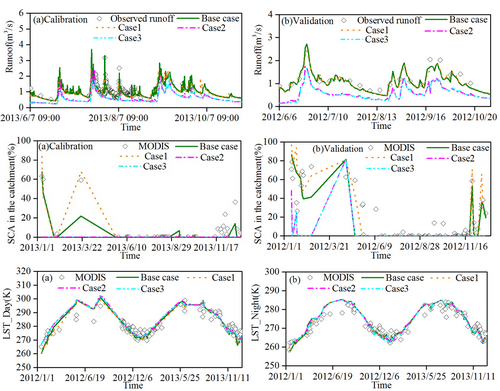| News |
| Latest news | |
| Int’l Cooperation activities | |
| Events & Announcement | |
| Recent Activities |
| Location: Home>News>Recent Activities |
| Journal of Hydrology: Intensive precipitation observation greatly improves hydrological modelling of the poorly gauged high mountain Mabengnong catchment in the Tibetan Plateau |
Mountains in the Tibetan Plateau known as Asian water towers benefit more than one sixth of the population of the world. Runoff from high mountains is indispensable for domestic water supply, irrigation, hydropower production and industrial purposes. Although the importance of mountainous areas has been touched upon by some benchmark reports, the hydrological processes are still poorly characterized. Distributed physically-based hydrological models are essential to better understand hydrological processes, and numerous models of varying complexity have been used in mountainous areas for forecasting runoff, snow-cover evolution, and related processes. Precipitation is one of the most critical model inputs for accurate hydrological simulation. However, characterization of precipitation in high altitude localities is a challenging task because the hydrometeorological data sets are extremely limited and precipitation is highly variable in mountainous areas.
Figure 1 Precipitation gradients of (a) trace, (b) light and (c) moderate precipitation
Figure 2 Comparision of observed and simulated runoff, SCA and LST. Base case used the PG and HD derived based on observation; Case 1 used the same PG as the base case but uniform distribution of precipitation within the day; Case 2 used PG of zero but the same HD as the base case; Case 3 used PG of zero and uniform distribution of precipitation within the day. This paper has been published in Journal of Hydrology with paper link: https://doi.org/10.1016/j.jhydrol.2017.11.039 . Citation: Li Wang, Fan Zhang, Hongbo Zhang, Christopher A. Scott, Chen Zeng, Xiaonan Shi. Intensive precipitation observation greatly improves hydrological modelling of the poorly gauged high mountain Mabengnong catchment in the Tibetan Plateau. Journal of Hydrology,2018,556:500-509. |


